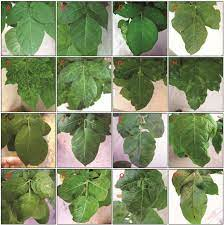Potato Virus N (PVN) is a devastating disease that can severely affect the quality and yield of potato crops. In this article, we will explore the characteristics and impact of PVN on potato crops, as well as discuss the best practices for preventing and managing the disease.
Potato Virus N is a single-stranded RNA virus that belongs to the genus Potyvirus. It was first identified in 1997 and has since been found in potato crops around the world. PVN is transmitted by aphids, which spread the virus from infected to healthy plants. Symptoms of PVN include yellowing and wilting of leaves, stunted growth, and reduced yield. PVN-infected potatoes are also more susceptible to secondary infections, such as bacterial soft rot.
The best way to prevent PVN infection is to use certified seed potatoes that have been tested and shown to be free of the virus. It is also important to practice good crop management techniques, such as crop rotation and removal of infected plants. Additionally, farmers should monitor their crops regularly for signs of infection and take immediate action if the virus is detected. This can include removing infected plants and using insecticides to control aphid populations.
In conclusion, PVN is a serious threat to potato crops and can have significant economic consequences for farmers. The best way to prevent and manage PVN is through the use of certified seed potatoes, good crop management practices, and vigilant monitoring for signs of infection. By taking these steps, farmers can protect their potato crops and ensure a healthy harvest.
#PotatoVirusN #PVN #PotatoDisease #Agriculture #CropManagement #PotatoFarming








